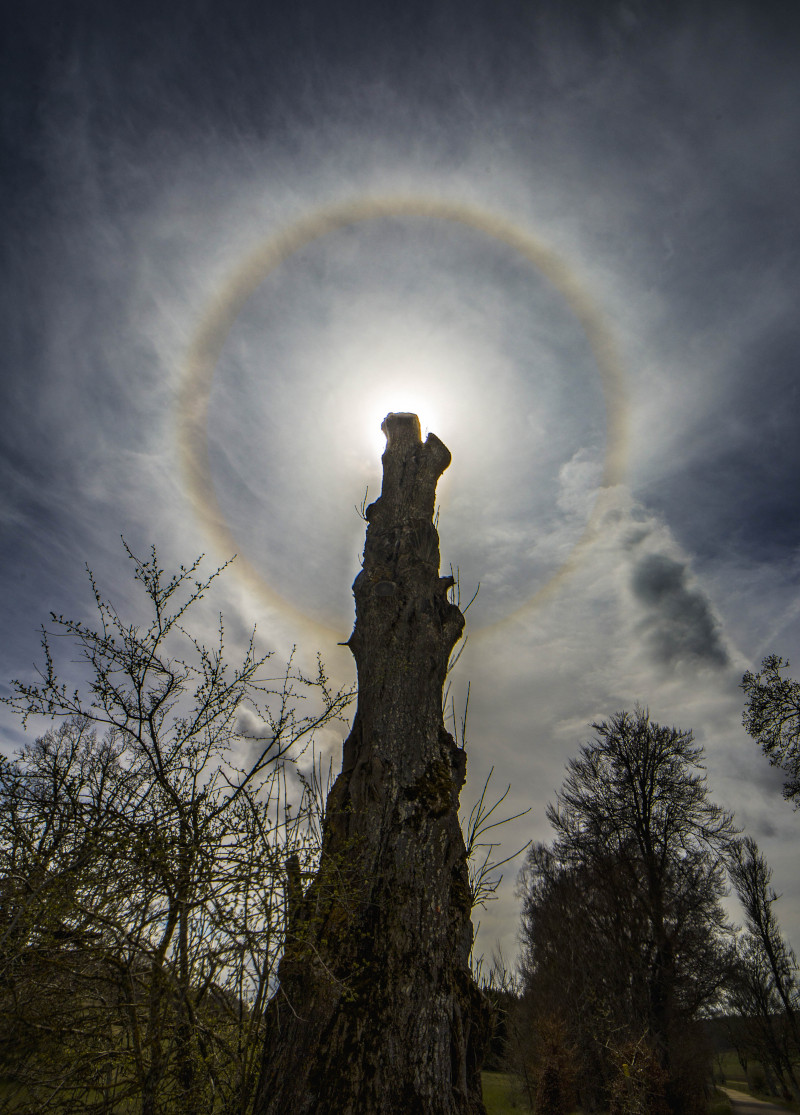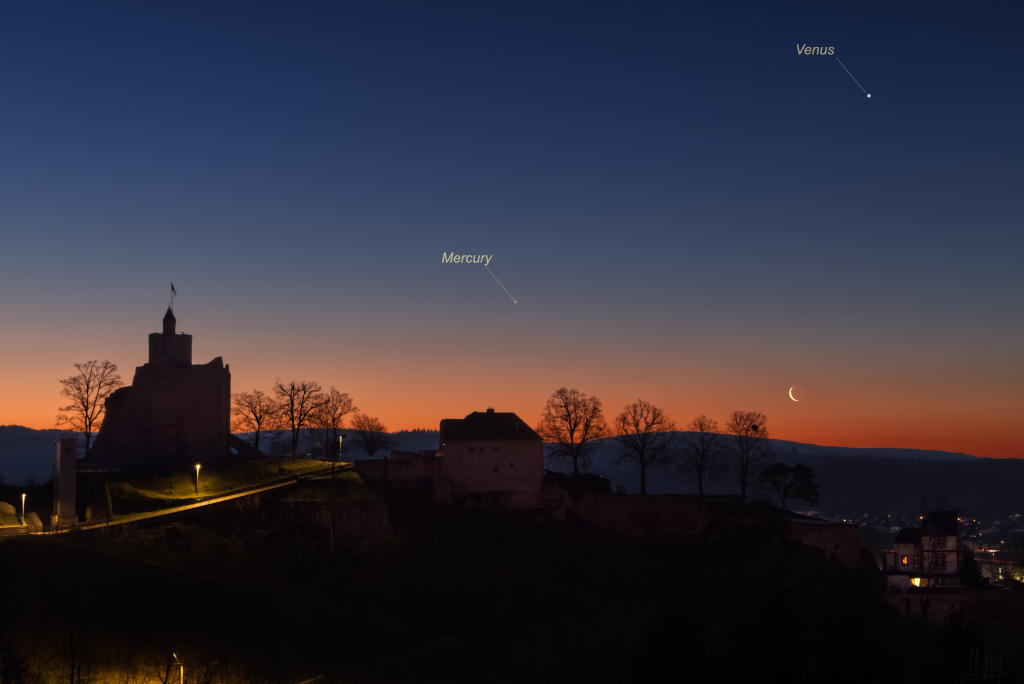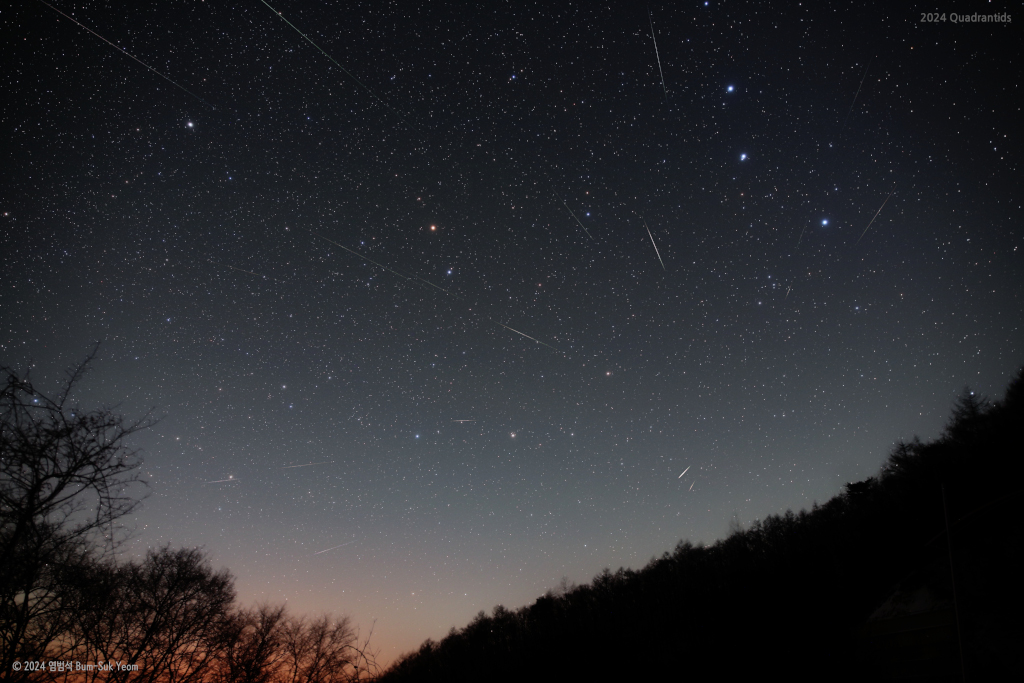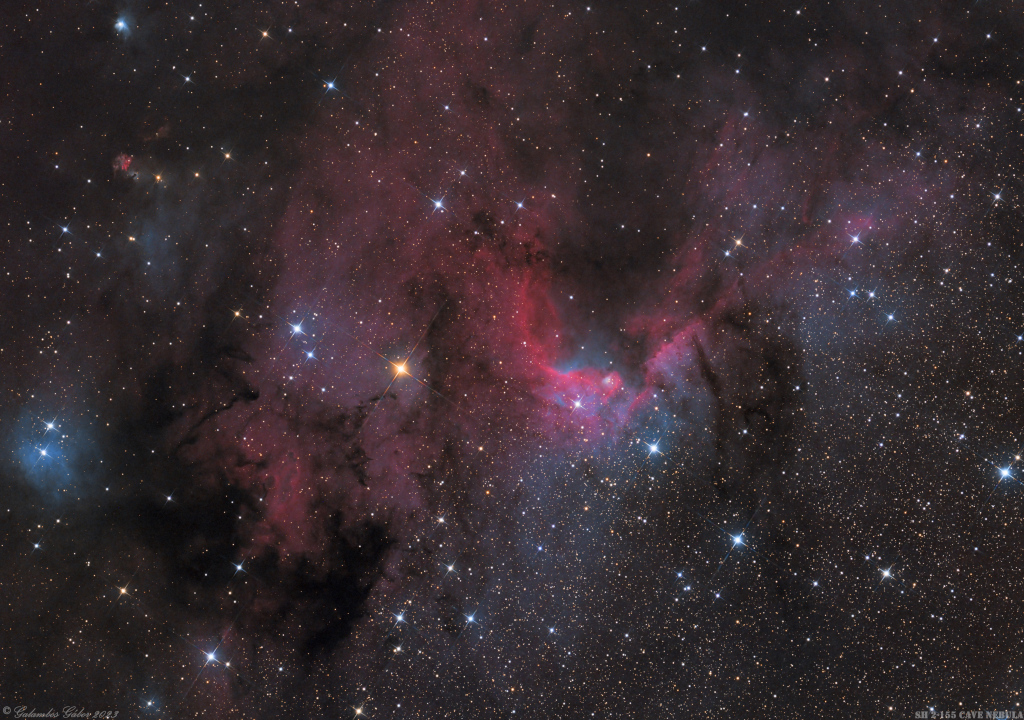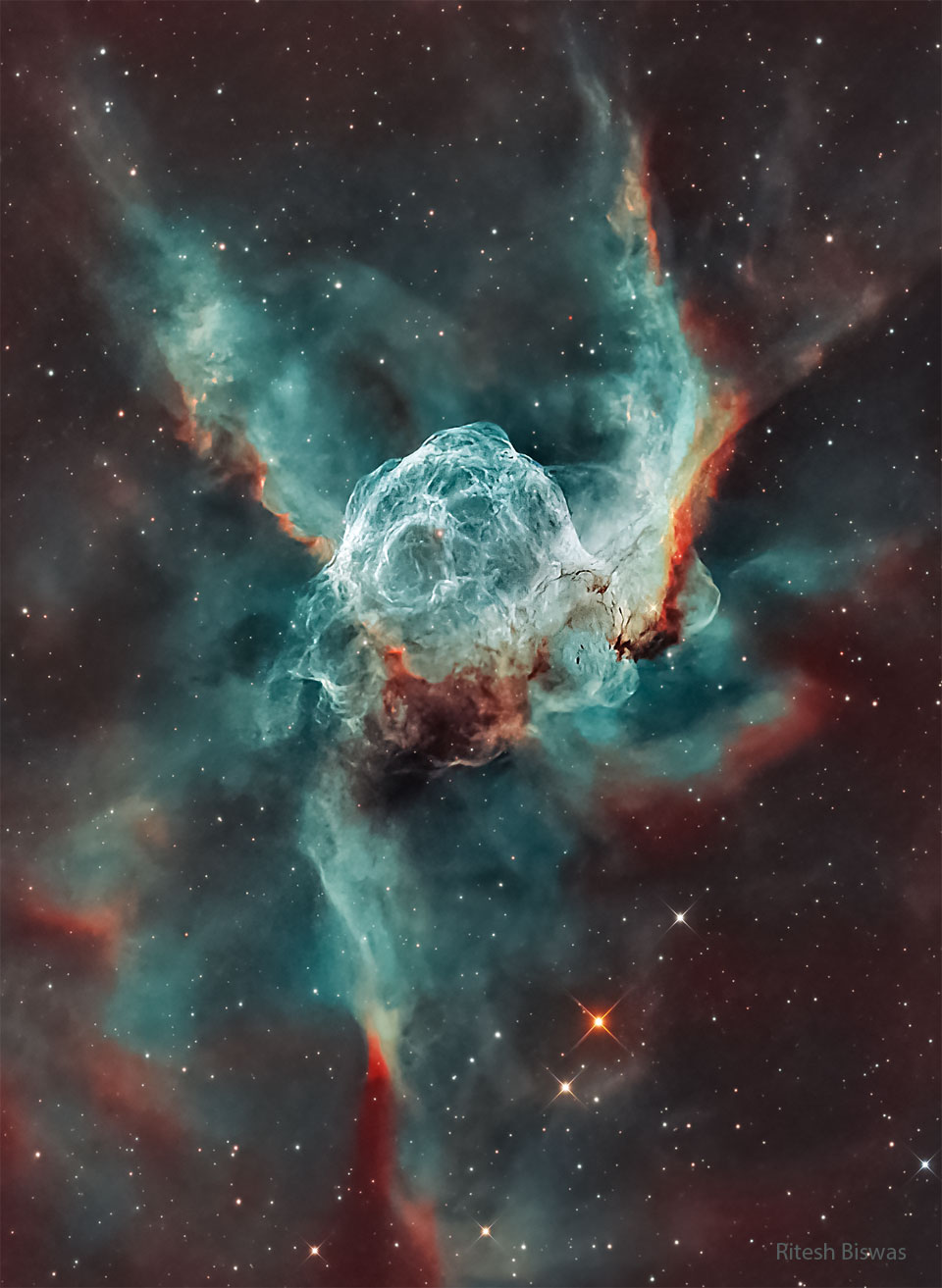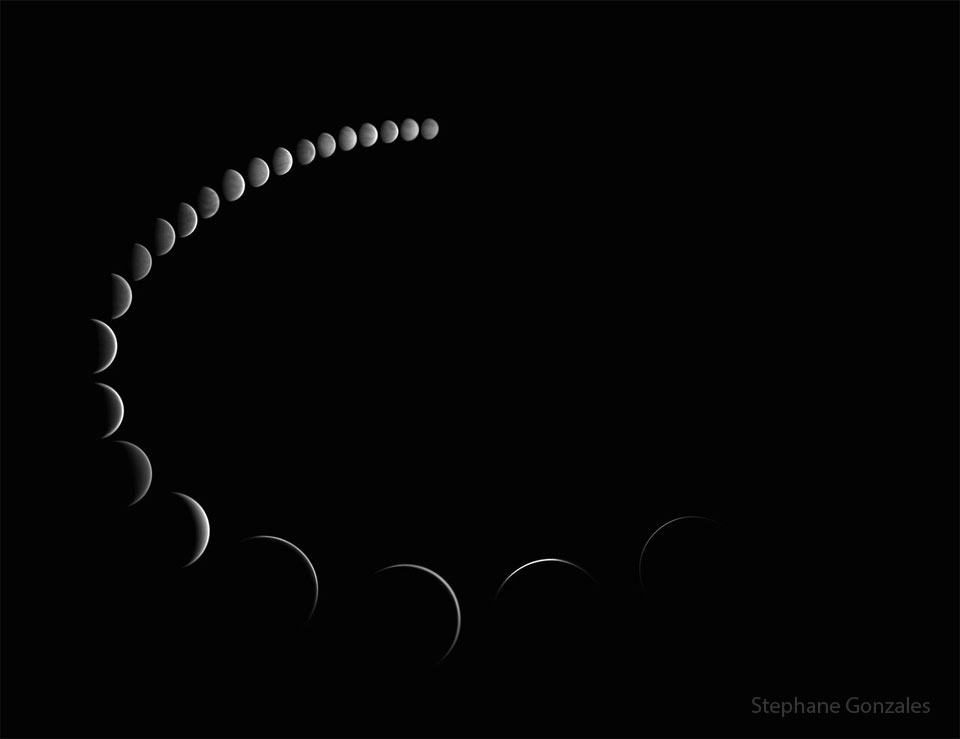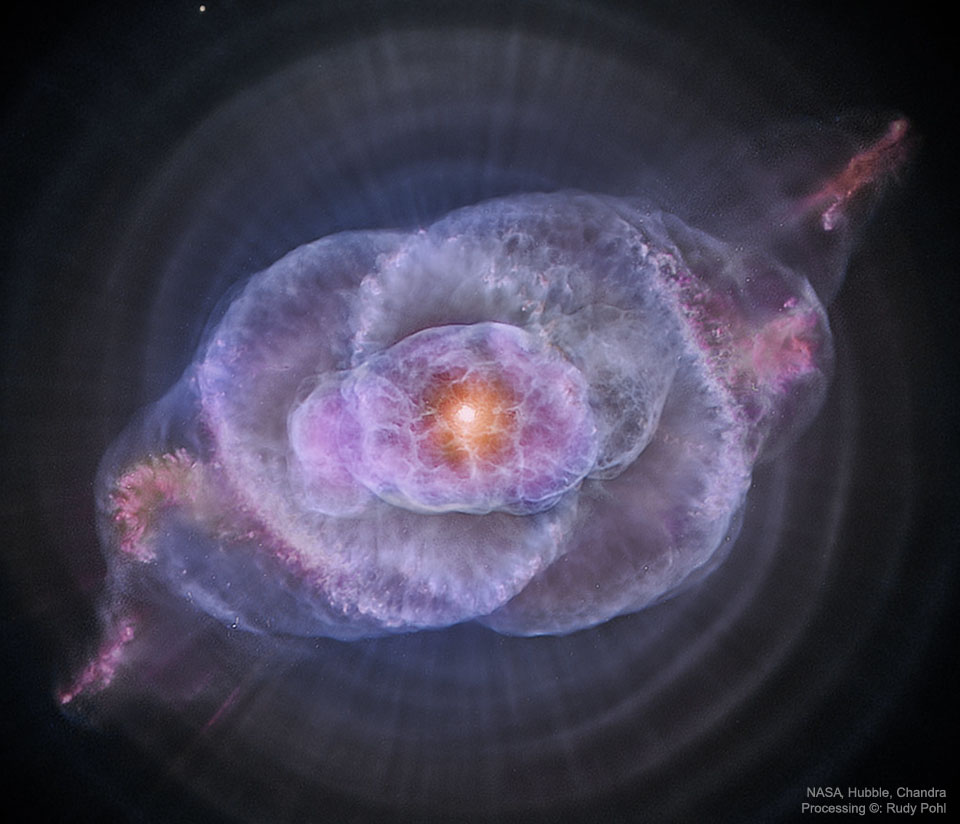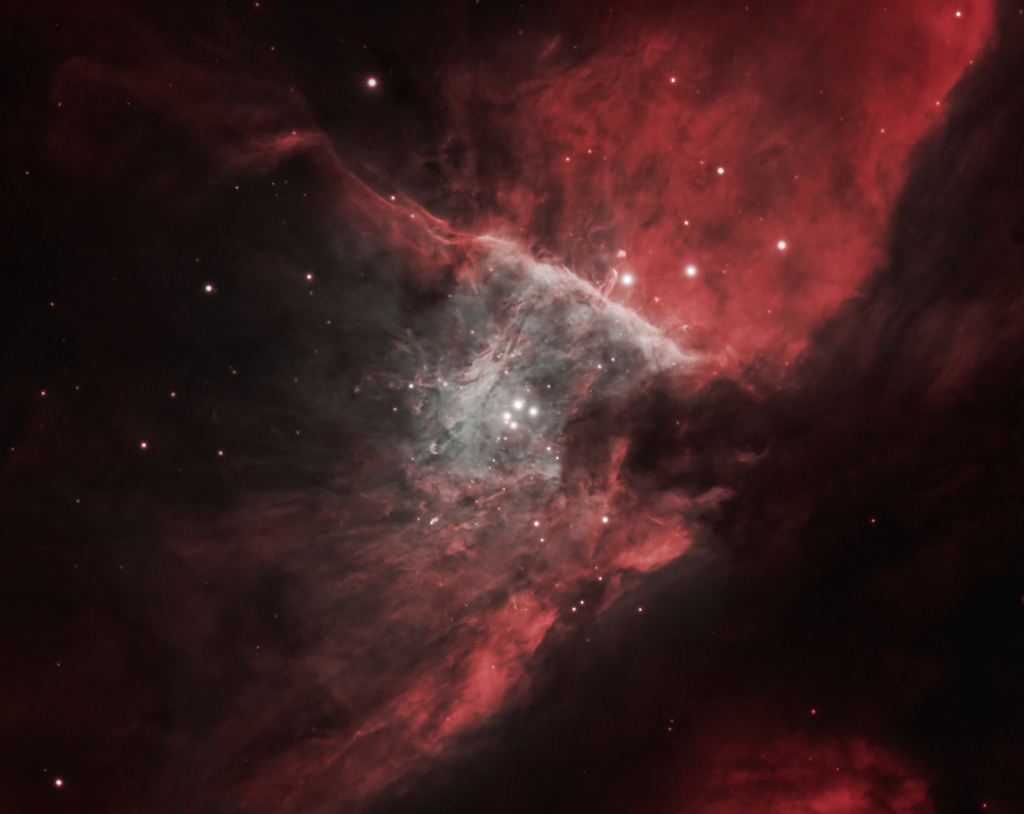안녕하세요, 잡학다식 입니다. 오늘은 과연 나사에서 어떤 방식으로 우주의 형상을 표현해 줄까요?
우선 이미지부터 볼 수 있도록 하겠습니다
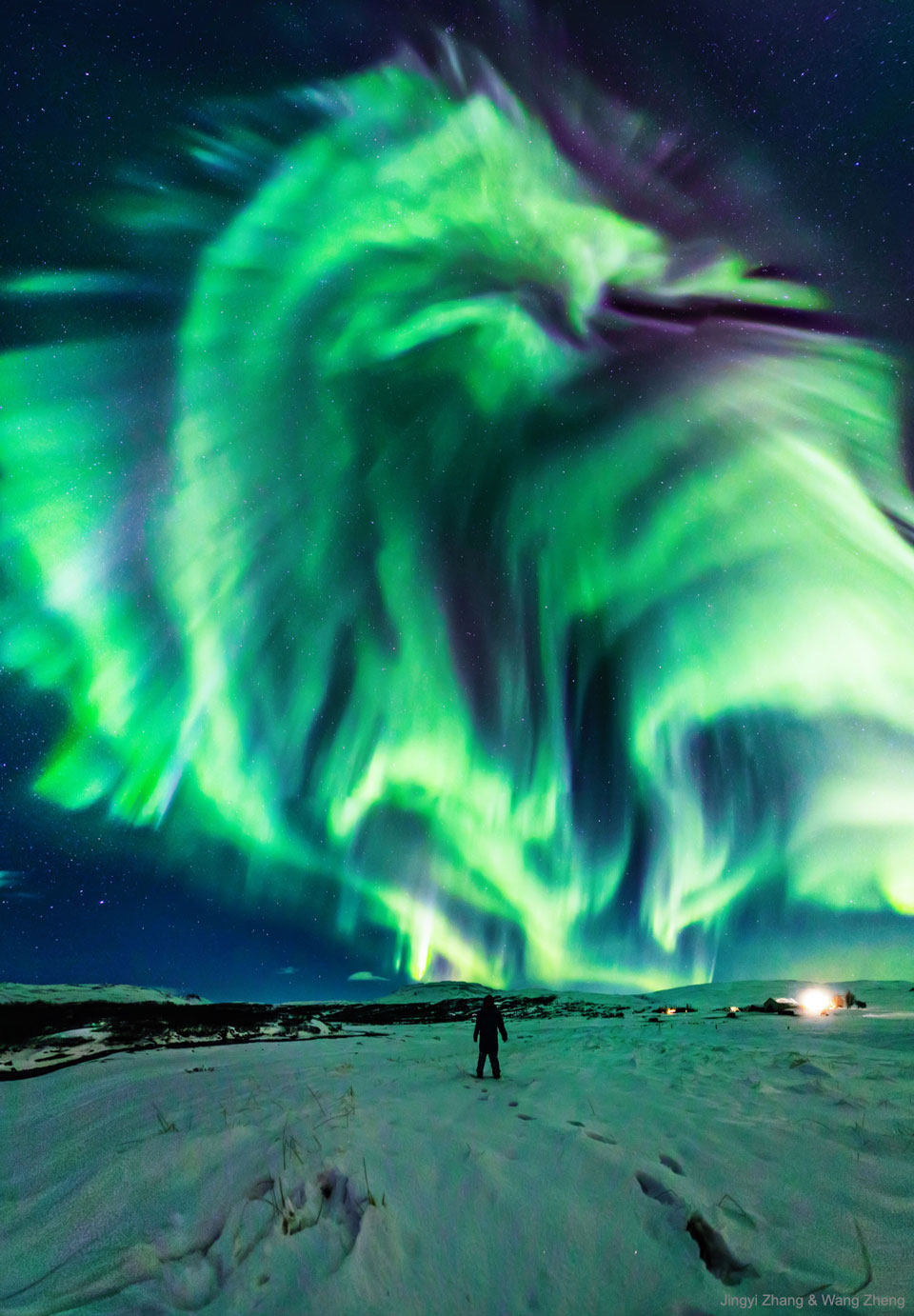
해당 사진의 이름은 Dragon Aurora over Iceland 인데요 우선 NASA에서 공식적으로 발표한 설명들을 확인해 보겠습니다
Have you ever seen a dragon in the sky? Although real flying dragons don't exist, a huge dragon-shaped aurora developed in the sky over Iceland in 2019. The aurora was caused by a hole in the Sun's corona that expelled charged particles into a solar wind that followed a changing interplanetary magnetic field to Earth's magnetosphere. As some of those particles then struck Earth's atmosphere, they excited atoms which subsequently emitted light: aurora. This iconic display was so enthralling that the photographer's mother ran out to see it and was captured in the foreground. Our active Sun continues to show an unusually high number of prominences, filaments, sunspots, and large active regions as solar maximum approaches in 2025.
이번에도 광활한 우주 앞에 인간이 얼마나 작은 존재인지 다시 한번 알게 되는것 같습니다
저는 내일도 더 좋은 사진과 함께 돌아오겠습니다, 그럼 행목한 하루 되시길 바랍니다
'과학상식' 카테고리의 다른 글
| NASA 나사의 오늘의 이미지들 (2024-01-16) (0) | 2024.01.17 |
|---|---|
| NASA 나사의 오늘의 이미지들 (2024-01-15) (0) | 2024.01.16 |
| NASA 나사의 오늘의 이미지들 (2024-01-13) (0) | 2024.01.14 |
| NASA 나사의 오늘의 이미지들 (2024-01-12) (0) | 2024.01.13 |
| NASA 나사의 오늘의 이미지들 (2024-01-11) (0) | 2024.01.12 |
